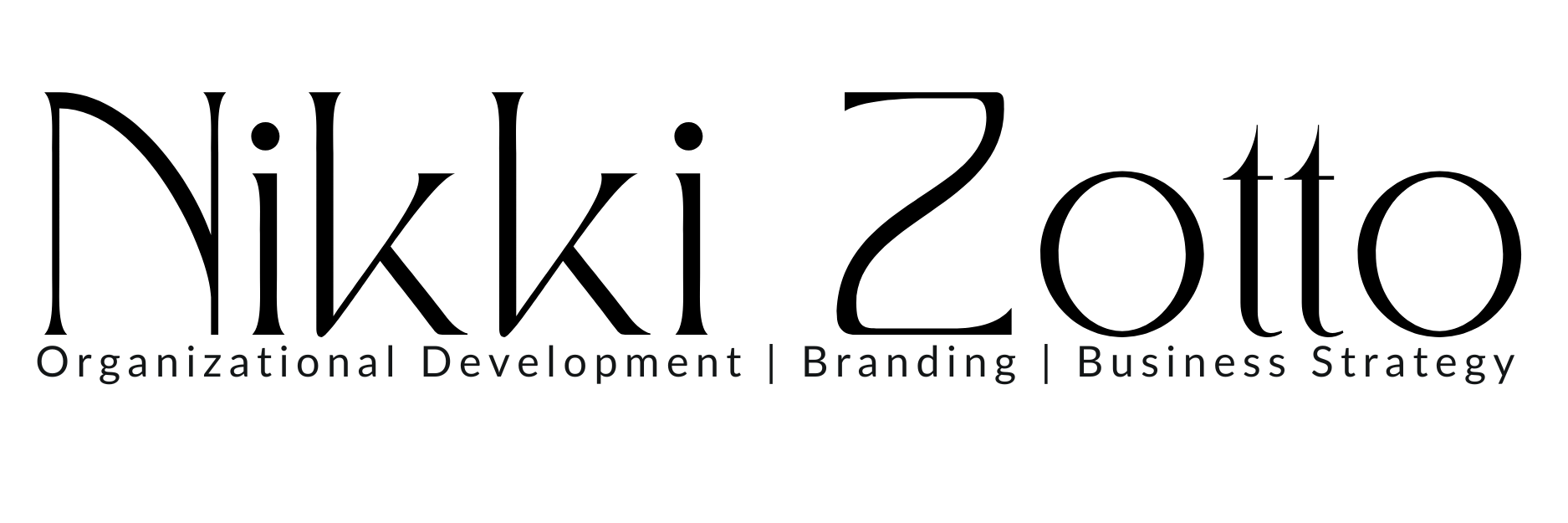Cultivating Belonging vs. Fitting In
In my work with volunteer leadership positions, boards of directors, and professional trade associations, I often underscore the critical distinction between belonging and fitting in, especially under the lens of Diversity, Equity, and Inclusion (DEI). This understanding is crucial not just for personal development but also for fostering healthier, more inclusive volunteer organizations.
Belonging means being accepted for who you truly are. In a volunteer organization or on a board that genuinely promotes belonging, each member feels safe and valued for their unique perspectives and characteristics. Such environments encourage volunteers to fully engage, bringing their whole selves to the organization, which enriches diversity of thought and spurs innovation.
ON the flip side, fitting in often revolves around assimilation—modifying oneself to align with group norms. In settings that emphasize fitting in, there is a pervasive pressure to conform, which can suppress individuality and ironically, the genuine connections and collaboration crucial for effective volunteer work. This approach can also inadvertently sabotage DEI initiatives by prioritizing uniformity over unique contributions.
As leaders in volunteer settings, our challenge is to nurture environments that prioritize belonging over merely fitting in. We must strive to create spaces where each individual feels inherently valued, not for their ability to assimilate, but for their authentic contributions and identities. By doing so, we not only strengthen the culture of our organizations but also foster deeper engagement and loyalty among our members, driving our collective mission forward with greater impact and inclusivity.


